Italian Flat Tax (100,000 Euros) – How Does It Work? – that will be the topic of today’s article.
Before introducing this article, if you are interested in our core services which are expat financial, insurance and mortgages, you can contact me here.
The best time to consider your financial situation is when you are moving to a new country.
Introduction
Have you ever wanted to relocate to Italy, but the process seems complicated? Most times, you might not navigate to the right platform to understand all it takes to enter a new country. And do you think it only guides that’d make you win a visa to Italy? No, there are many things involved you need to know.
We all know that Italy is one of the world’s top destinations when it comes to the standard of living. Not only is that, but the country is known for having a notable history, landscape, culture, food, wine, and many others, to mention a few. While many people love to relocate, there are a lot of things we should consider.
For some expatriates, they relocate to the country because of the standard of living and historical benefits. Others could decide to enter Rome because of the Italian taxes. In fact, this income tax rates rank high among OECD countries, and high net worth individuals (HNWI) are discouraged from moving their tax residency to this country because of adverse consequences to their personal wealth.
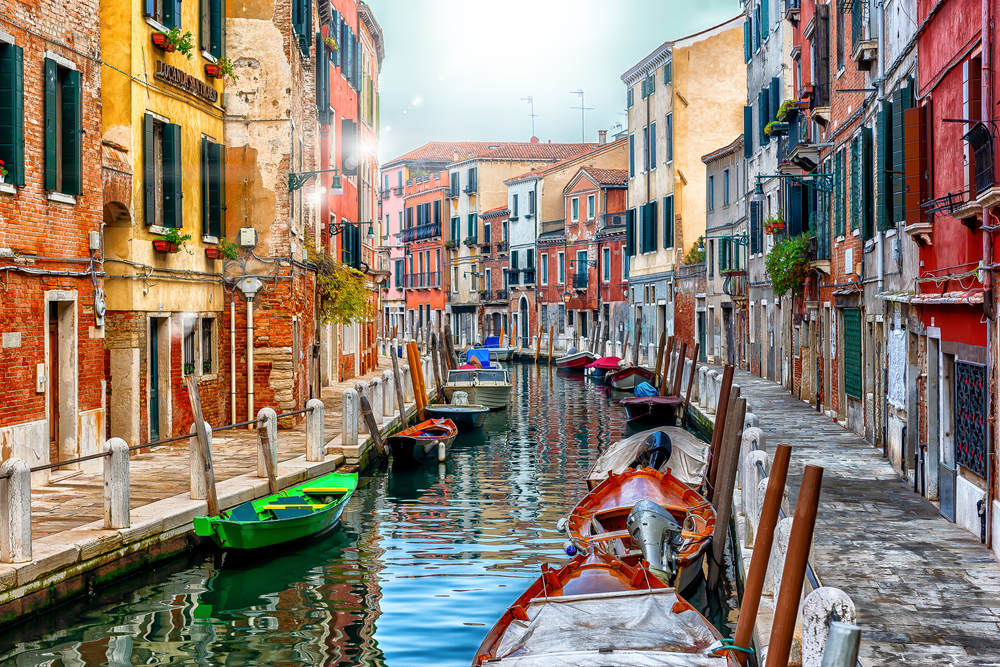
Well, here comes a solution as the Italian government tackled this in 2017, introducing a new tax regime tailored to new residents of Italy. There’s more to know about the flat tax; that’s why we are here to show you how it works. If you’ve been surfing the internet to get a glimpse of what Italian flat tax entails, look no further as we’ve got you covered.
In this article, we will walk you through the Italian flat tax (100,000 Euros). In addition, you’ll know who’s eligible, how it works, how to apply, the tax regime termination, and many other things, to mention a few. But, before that, you need to understand a few things about living in Italy as an expat. Continue reading to get the full details.
7 Best Places to Live In Italy as Of 2021
If you’re considering moving to Italy, but you’re unsure of the right place suitable for expat, our list will definitely help you. While we think of Italy as a wholly blissful country, always remember that there are big variations in lifestyle and environment.
In Italy, you’ll find out that the North and South are different. Even neighbouring towns can feel different regarding cultures, dialects, festivals, foods, and more. Life in provincial places will, of course, be different from big, modern Italian cities. Also, coastal towns might be spectacular but they’re pretty pricier than inland. Without further ado, below are some of the best places to live in Italy.
1. Milan
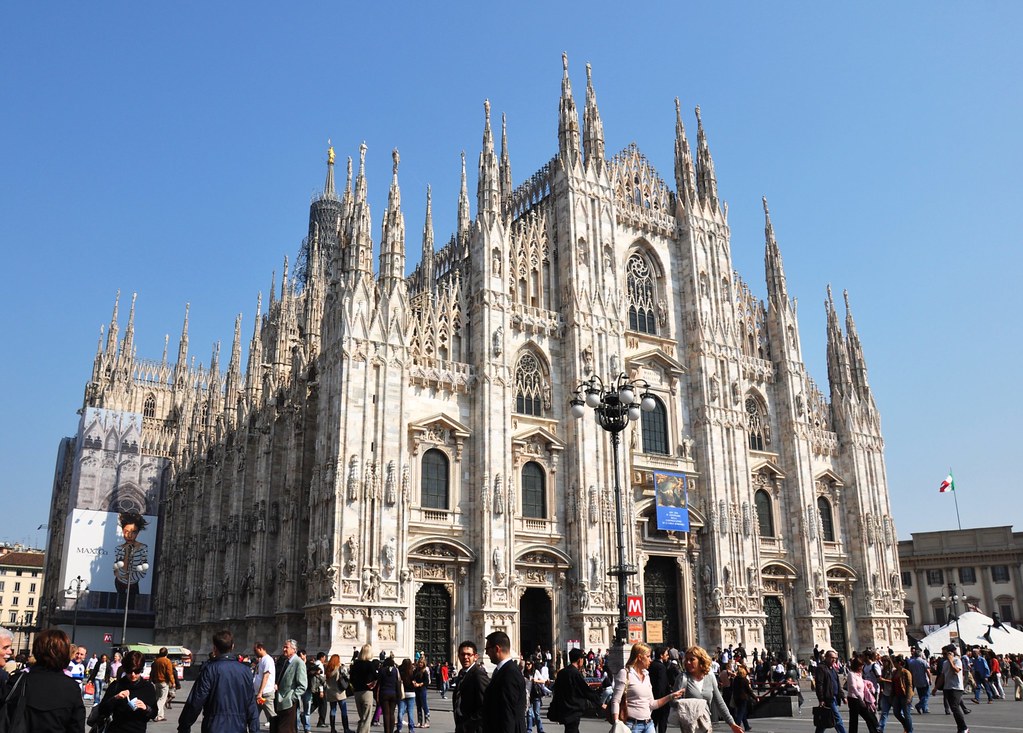
Milan is much more than a fashion capital. It is very diverse and is as lively cool as a fashion capital should be. That being said, Milan is primarily a working and business city that offers all the perks and drawbacks that come with it.
As with other European cities, this city is chaotic, polluted, overpopulated, and features too much concrete. However, for urban fans, it could be their destination. In Milan, there are museums, cultural activities, exhibitions, and entertainment all year round. But today, it’s a city with a huge cultural heritage.
2. Lake Como
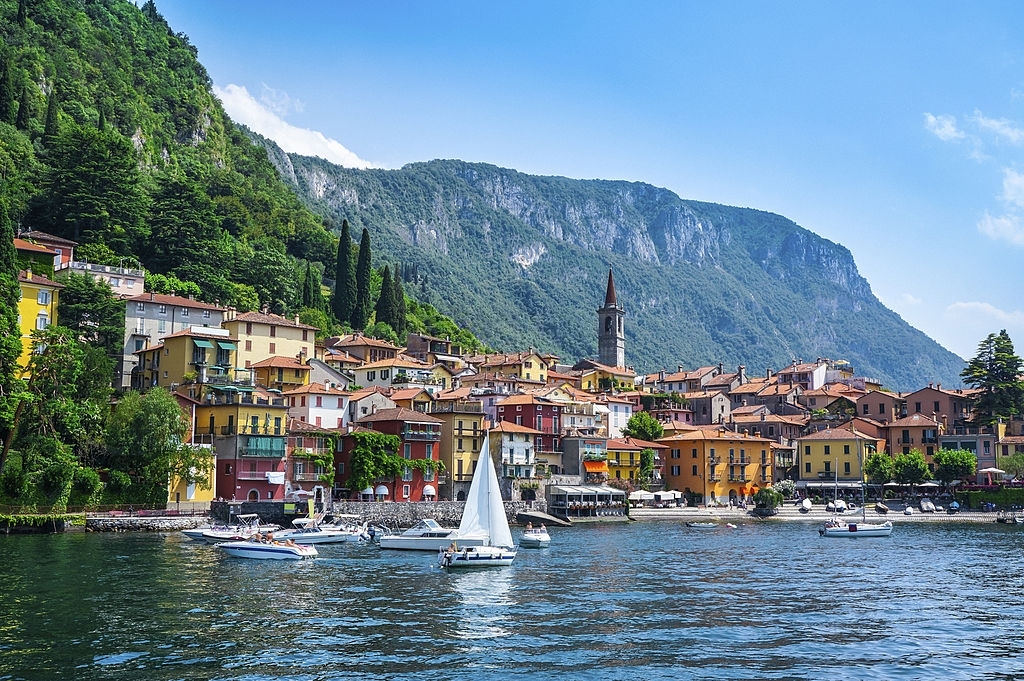
Lake Como is the best retirement destination in Lombardy. If you’re after a quieter and more serene life not too far from the buzz of Milan, this is the right place to live. Besides, there are quite a few charming towns around the lake that you can choose from, with Colico, Lecco, and Como being the most popular in the city.
Meanwhile, the main advantage of living in Como or nearby is that you live in a beautiful and scenic area while all the primary services are a few minutes drive away. In stark contrast to Milan, the daily life here is simple, and you can always take a walk on the lakeside and go to cafes downtown.
3. Bolzano
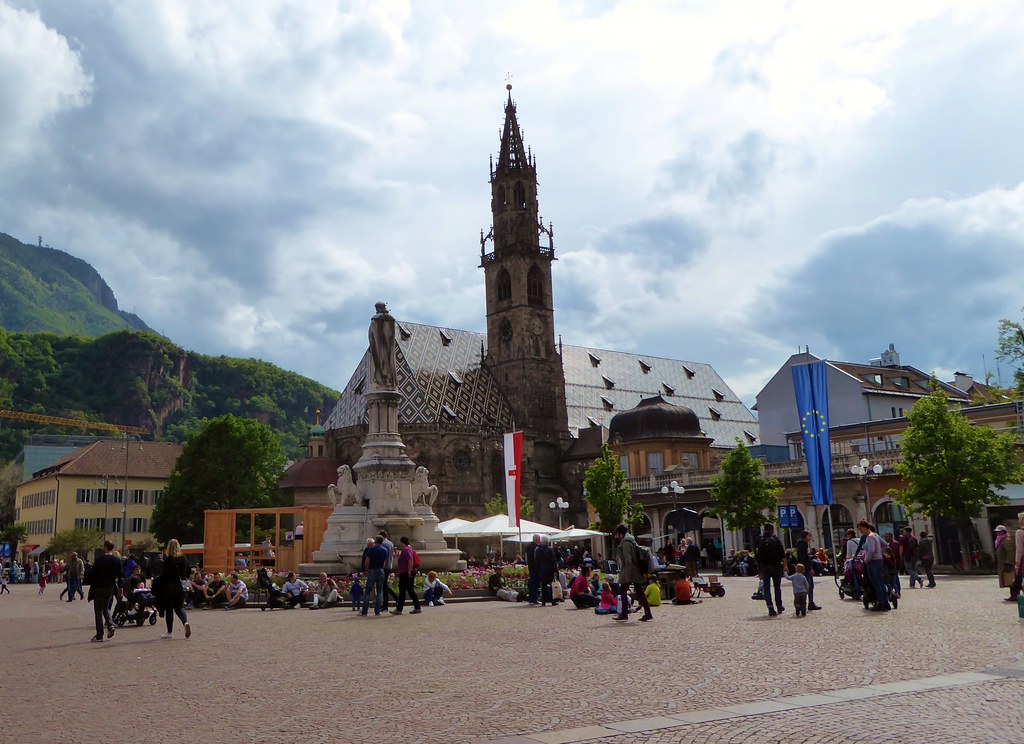
We can tell you that Bolzano is not very Italian but always charming. Together with Trento and Belluno, it took the top three places for quality of life in the 2018 survey carried out by Italia Oggi. Also, they had been the top destination before, and rest assured that they will hold the title for many more years.
However, Bolzano itself has everything you need for a comfortable lifestyle in Italy. They have excellent restaurants, professional doctors, pharmacies, shops, cafes, open markets, and many other things, to mention a few.
4. Trento
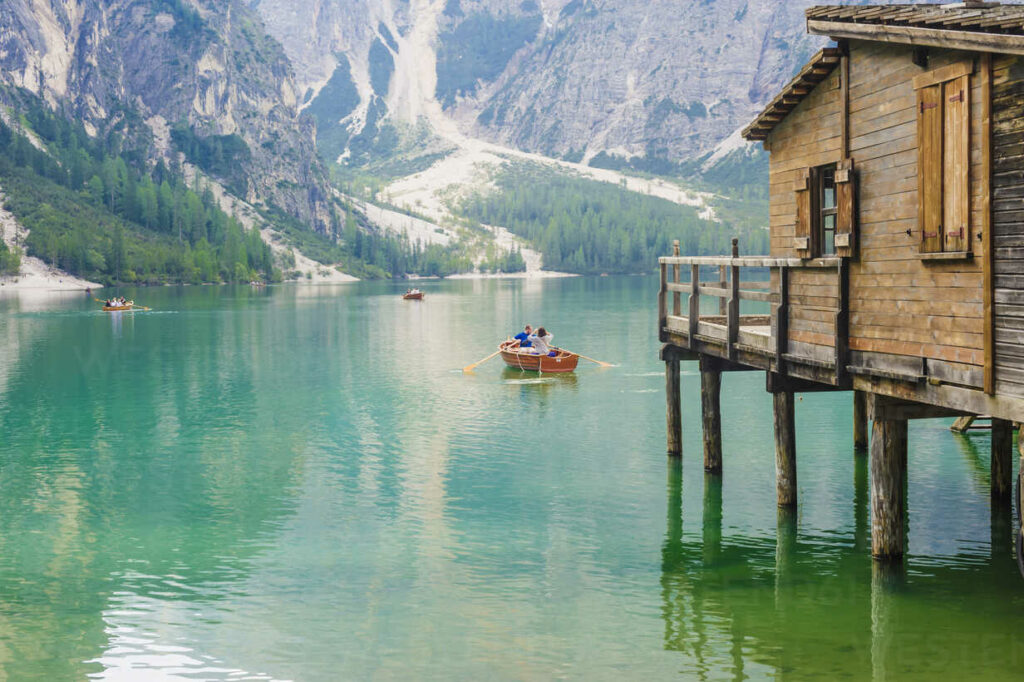
Trento is a quite urban city that has everything you’ll need to enjoy Italy. As the capital of the Trentino region, Trento is bigger and a bit more urban than Bolzano. Notwithstanding, it is also in South Tyrol and has quite a similar environment, weather conditions, and climate.
In general, the area boasts a great quality of life, but the province is autonomous and has the right to make its own decisions regarding management and governance. Also, it offers levels of wellbeing and good quality of life that are among the highest in Europe.
5. Brescia

This place is basically an industrial hub with everything you’d expect to come with this. Besides, it’s quite big on financial services, and there’s a pretty sizable expat community living and working there. More so, the city is well connected, both internationally and within the country.
When you’re in this young and vibrant city, you’re pretty well-positioned for traveling around the whole country and beyond. And when you speak of wine, Brescia is quite close to Franciacorta, where they make Prosecco, and to be sincere, you cannot get bored in Brescia.
6. Liguria
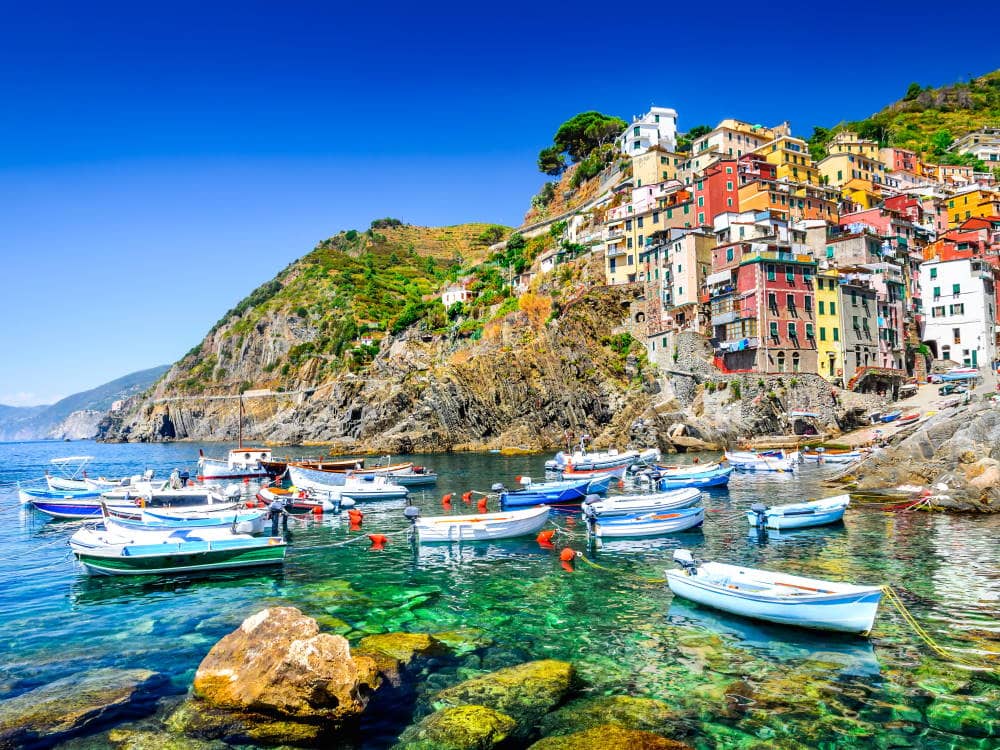
Liguria is known as Italy’s western coastline stretching to Monaco. It is a fantastic location with its own microclimate, thanks to the wall of mountains in the north and the sea in the south. The golf stream in this region sends in warm weather, which is then trapped by the mountains.
If you don’t have deep pockets but cannot part with the dream of living in Liguria, you may need to head west from Genoa and have a good look at the stretch of coast from imperia to Genova. Moreover, you still have a chance to acquire a lovely coastal home without breaking the bank in Italy.
7. Cagliari
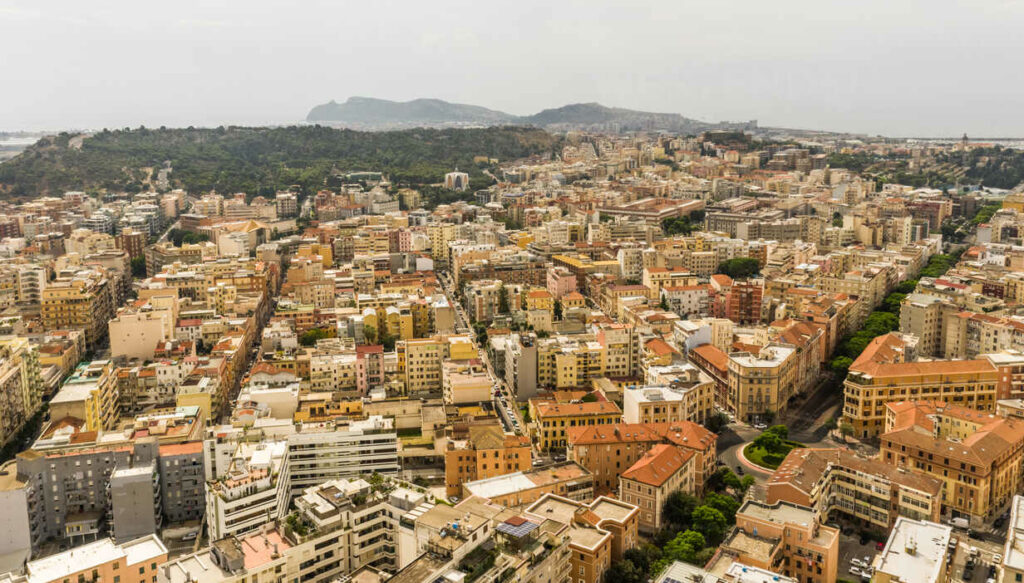
Cagliari is the last on our list, known as the capital city of Sardinia. This city is located in the middle of the southern coast. Not only is that, but it is less expensive compared to other similar-sized cities in the country.
This city has everything that’d keep you entertained during your stay in Italy. Here, you’ll explore cinemas, opera theatres, supermarkets, cafes, clubs, bars, restaurants, and many other things, to mention a few. Besides, the atmosphere is very relaxed and calm, so if you come from a big city, you might find Cagliari potentially boring.
Understanding Tax Policies in Italy

Italian has an income tax, but that’s not our main focus today. If you’re a foreign resident working in Italy, you’re only taxed on the income you earn in this country. Meanwhile, if you’re an Italian resident and have spent more than 183 days a year in Italy, your worldwide income is subjected to IRPEF of Italy.
Furthermore, it’s essential you know the kind of tax in Italy before we venture into today’s topic. Without further ado, the following income is considered to be produced in the country.
- Income from employment and self-employment that are also derived from services performed in Italy
- Income from patents, trademarks, and know-how if paid by the state or by Italian residents
- Business incomes are also produced in the country from a permanent establishment in Italy
Now, what is the Italian Flat Tax? Of course, the Italian flat tax regime, also known as the substitute tax or simply the Italian tax break for exempts individuals of all nationalities who have not resided in the country for the last 9 to 10 years from reporting to Italian tax authorities and paying tax on, against a yearly flat tax of €100,000 during 15 years.
Key Benefits of the New Italian Flat Tax
- This Italian flat tax gives 100 percent exemption from Italian gift and inheritance tax, and even if the previous owner was an Italian tax resident
- This lump-sum tax regime gives 100 percent exemption from Italian tax on foreign self-employment, interest, and capital gain income, business, as well as rentals
- This Italian tax breaks for foreigners can be combined with Italian employment and other professional activities, which are subject to normal tax
Downsides of the Italian Flat Tax
- The Italian flat rate is less attractive to individuals earning Italian income, which would be taxed at up to 43 percent
- The Italian substitute tax is not suitable for US citizens who are taxed on worldwide income
Who’s Eligible for the Italian Flat Tax Rate?
- Of course, to know people that are eligible for this program is quite simple. New residents, who were not taxed residents of Italy in the past 9 out of 10 years, can opt for the flat tax regime
- People who were registered as a resident of Italy in the past year can still qualify as long as the tie-breaker rules included in the Double Tax Treaty protects them.
- There are no citizenship limitations to be eligible for the flat-rate tax. In this case, Italian citizens and non-Italian citizens can apply indiscriminately. Moreover, citizens of countries with which Italy does not have any tax treaty in effect can also apply.
How Does Italian Flax Tax (€100,000) Work

This Italian flat tax involves a simple step. Here, new residents opting for it will pay instead of the ordinary tax rate. The regime can also be extended to any family member, who will be subject to €25,000 annual tax instead of €100,000. Meanwhile, the lump sum payment covers any foreign income subject to the flat tax that includes the following.
- Rental income
- Employment income
- Dividend income
- Self-employment income
- Financial income
- Other source income
Besides, if you opt for the new tax regime, taxpayers are exempt from; donations and inheritance taxes relating to assets and real estate owned overseas, and it also includes the following;
- A wealth tax on foreign real estate and financial activities with foreign-held
- Assets reporting and, that is filling the RW reporting form
- Italian tax return with respect to any asset held abroad
- Remittances tax
Unlike the other HNWI tax regimes in Europe, individuals can remit funds to Italy without any limitation because the lump sum tax already covered income made overseas. However, this flat tax does not apply to any Italian sourced income and on capital gains realized upon the transfer of non-Italian qualified shareholdings in the first five years after the election.
Pros and Cons of Living in Italy
Whatever your reason for making a move to a new country, you might have considered Italy. This is because; it’s one of the most popular tourist destinations in the world, and thinking about living there can fill your head. In this section, we will walk you through the pros and cons of living in Italy as an expat. Without further ado, take a look at it below.
Pros
Cheap and Standard Healthcare System
This is one of the first things to take into consideration while living in this country as an expat. Like many European nations, Italy has a national insurance system that ranks in the top ten healthcare systems in the world, according to the World Health Organization. And this is because of the quality of healthcare.
Home to Incredible Cuisine
Another thing you’ll enjoy while visiting this country is the incredible cuisine. Undoubtedly, Italians structure their entire days around food, and it’s one of the favourite topics of conversation for native Italians. Therefore, if you think you love Italian food, don’t hesitate to visit or relocate to this country.
Getting Citizenship is Quite Easy
Like most countries, becoming eligible for citizenship in Italy is quite straightforward. However, while the standard is ten years before you can apply for Italian citizenship, there are many processes you need to adhere to. Besides, if your parents or grandparents are Italians, you may have no residency requirement at all.
Exciting Nightlife in Italy
Italians love to stay out late, and that’s why the cities boast thriving club and dining scenes. Also, it is home to an absolutely charming custom called the Passagiata, or the stroll. This is where you see people dress up and take a long stroll up and down the main drag, eating gelato along the way.
Buying Property is Relatively Cheap
While you technically need to have a valid residence permit to buy a property in this country, there are some big exceptions. This means, if you come from a reciprocity country that allows Italians to buy property, you can buy the property in Italy without a residence permit, and this also applies to Americans.
Great Schools in the Country
It’s no doubt that public schools in Italy are free for kids, and they start learning to read and write when they’re only three years old. Aside from this fact, the kids are given a very well-rounded education in Italian schools, which includes art and history education, as both subjects are considered very important.
Affordable Cost of Living
As of today’s 21st century, Italy has a reputation for being an expensive place, but once you actually live there, you’ll find out that the monthly costs aren’t too exorbitant. Salaries in many industries will more than cover the average cost of living in Italy, meaning most people are able to live pretty comfortably.
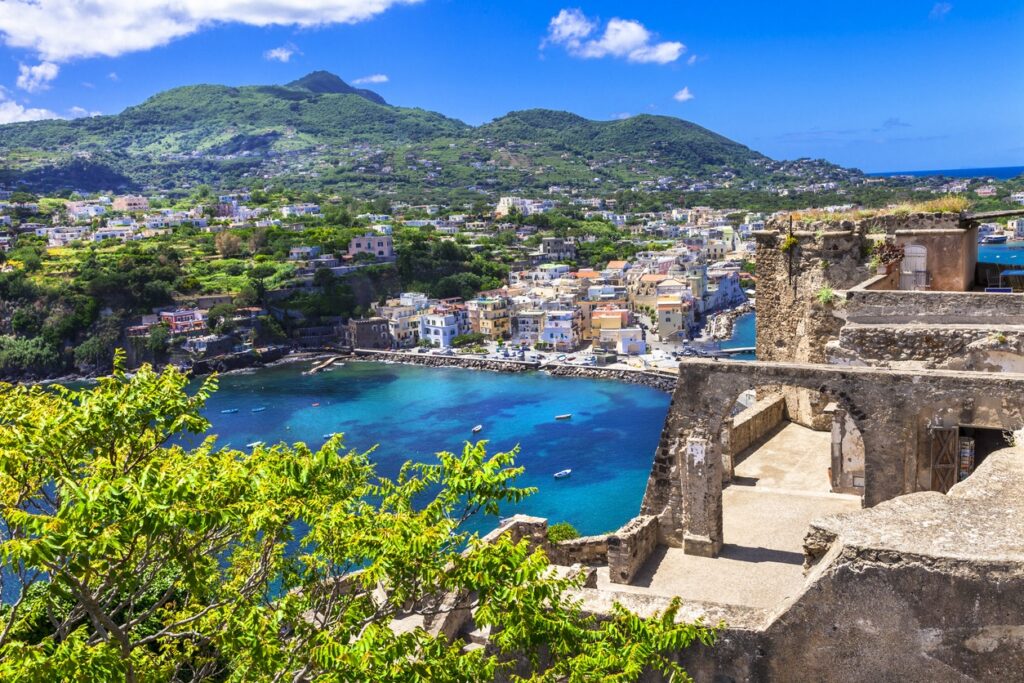
Cons
High Employment Rates
While visiting this country, always have in mind that unemployment is one thing you’ll face as an expat. That’s why we advise you to make proper research, and if possible, secure a new job before traveling to this country as an expat. Besides, as of 2017, unemployment was at 11.2%. Therefore, if you’re planning on finding a job in Italy, it might take you a little while to land something.
Weather Condition
Always know that the weather conditions in this country can really vary. This is because; Italy is a fairly large country that stretches from north to south; different parts of the country have very different weather. More so, the mountainous north has cold, wet winters, while the Mediterranean south is much milder in winter but can get hot and dry during the summer months.
Getting a Work Visa is Complicated
Getting a job, as said, is quite difficult in Italy because of the unemployment rate. Also, if you plan to start a business in the country and you’re not from another EU nation, you have to apply for a self-employment visa. However, there are no fixed requirements for qualifying, and visas are granted on a case-by-case basis.
Best Outdoor Activities to Explore in Italy
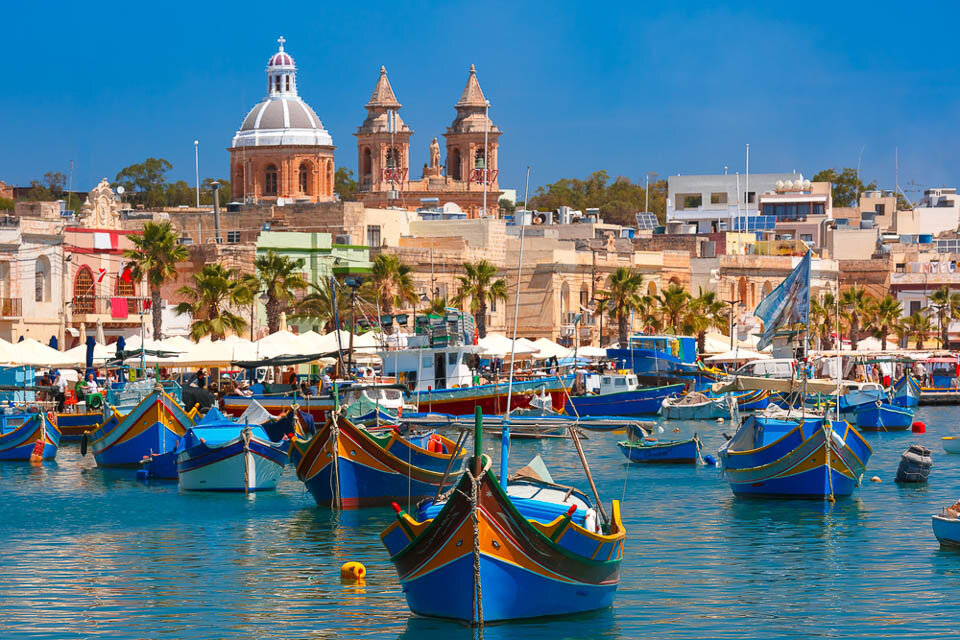
There are many places to enjoy outdoor activities in Italy. These adventure sports in Italy appeal to anyone looking for action far beyond regular sightseeing, city walk, kayaking, and many other outdoor activities you could ever think of. Without further ado, below are the best places to check out in Italy.
Kayaking in Naples (Italy)
This is one of the first places to be put into consideration. Here, you’ll enjoy the charms of Naples from a different angle. Kayaking is a popular way to enjoy the coast, with tours usually setting out early in the mornings in the country. Your kayaking adventure in Italy will be a wonderful one to remember.
Ski Down the Popular Italian Alps
Visiting this beautiful place on a cool afternoon would contribute to making you enjoy your stay in Italy. Around a 90-minutes drive south is Cuneo, which is home to one of the country’s largest snow parks, known as Prato Nevoso. Meanwhile, this park is only open roughly between December and April.
Canyoning in Umbria
This adventurous activity immerses you in nature as you scale down the beautiful waterfalls, dive into ravines, and wade through streams up in the Umbrian highlands. In a nutshell, Umbria has around five spots, each with its own sets of features and suits different skills levels.
Snowboarding down Madonna di Campiglio
Madonna di Campiglio is a popular ski resort at the foothills of the Brenta Dolomites in Trentino. This place is popular with snowboarding, and it has a hundred slopes and about four dedicated snowboard parks. The slopes are smoothly formed and feature ramps and rails suited to pro boarders
White-water Rafting in Calabria

Water from the Lucanian and Calabrian Apennines flows to the Tyrrhenian Sea down several great rivers. So, this contributes to the best places suitable for an outdoor adventure with families and friends. Besides, it is a notable rafting operator offering rafting adventures with lunch from around €55 per person.
Frequently Asked Questions about Italian Flat Tax
What is unfair about the flat tax?
Affluent taxpayers are better able to provide for their physical needs and therefore are charged more than expected. Not only is that, but it would ignore the differences between rich and poor taxpayers. While some argue that flat taxes are unfair, it is favorable to some people in Italy.
Are flat taxes good or bad in Italy?
In Italy, you can just say a flat tax is good, but it helps the resident. All you need is to understand how it works, as we’ve listed above. Moreover, a pure flat tax would also eliminate deductions and credits to streamline tax filling and payment further.
What exactly is the main disadvantage of a flat tax?
Well, there are a few drawbacks of a flat tax system in this country. Some of the drawbacks you can expect include; lack of wealth redistribution, the added burden on middle and lower-income families, and tax rate wars with neighboring countries.
Would a flat rate increase revenue?
Well, the individual wage tax component of the flat tax, however, will raise less revenue than the personal income tax. Not only is that, but it will correspond with the business tax component of the flat tax. This will, therefore, raise more revenue than existing corporate income tax.
Conclusion
Living in Italy in this digital age is essential. Meanwhile, you need to understand the benefits of the flat tax and how it works. With the guide above, you should be able to understand all it takes to get your flat tax. Nonetheless, refer to this guide if you want more information about relocating to Italy.


